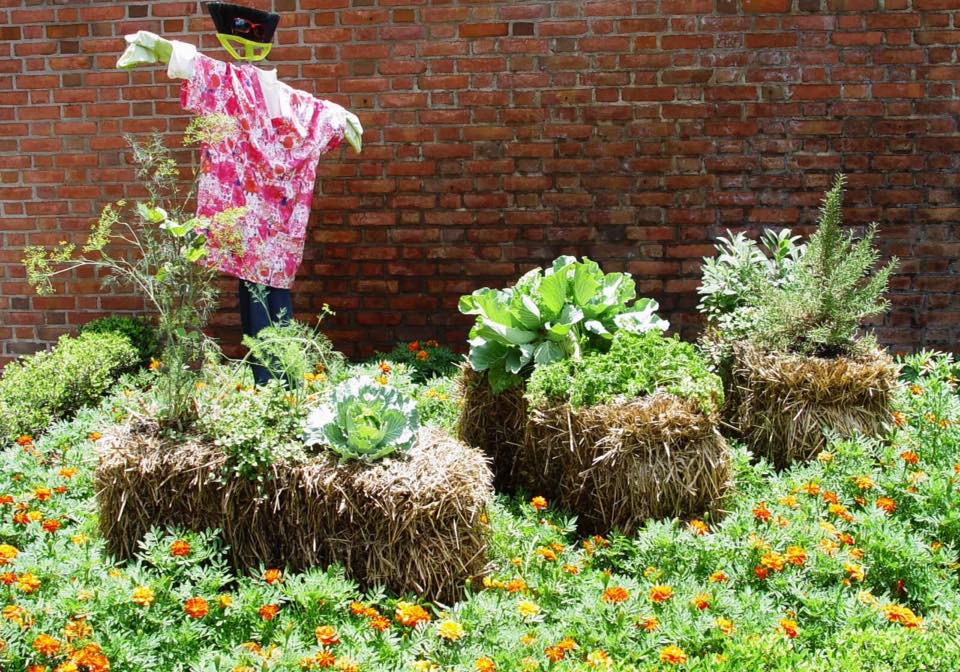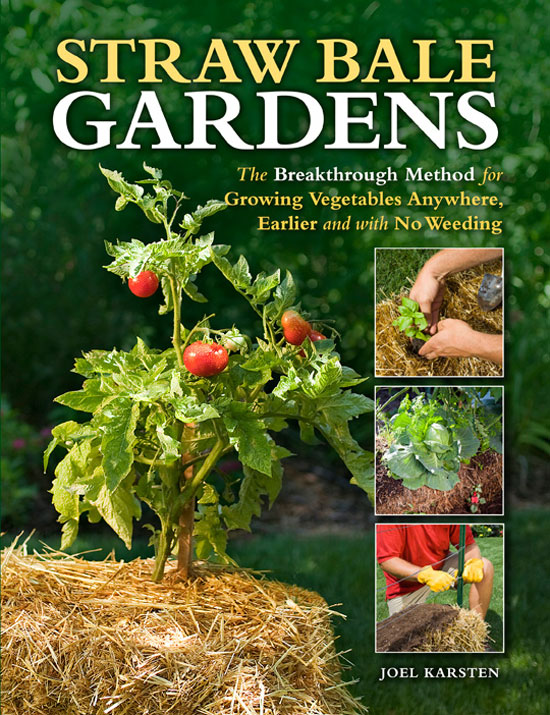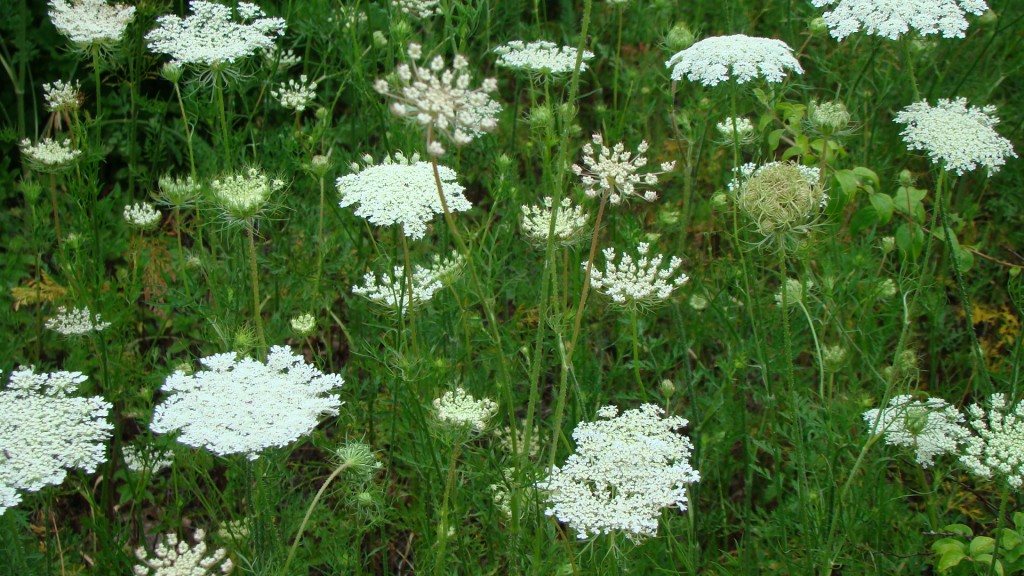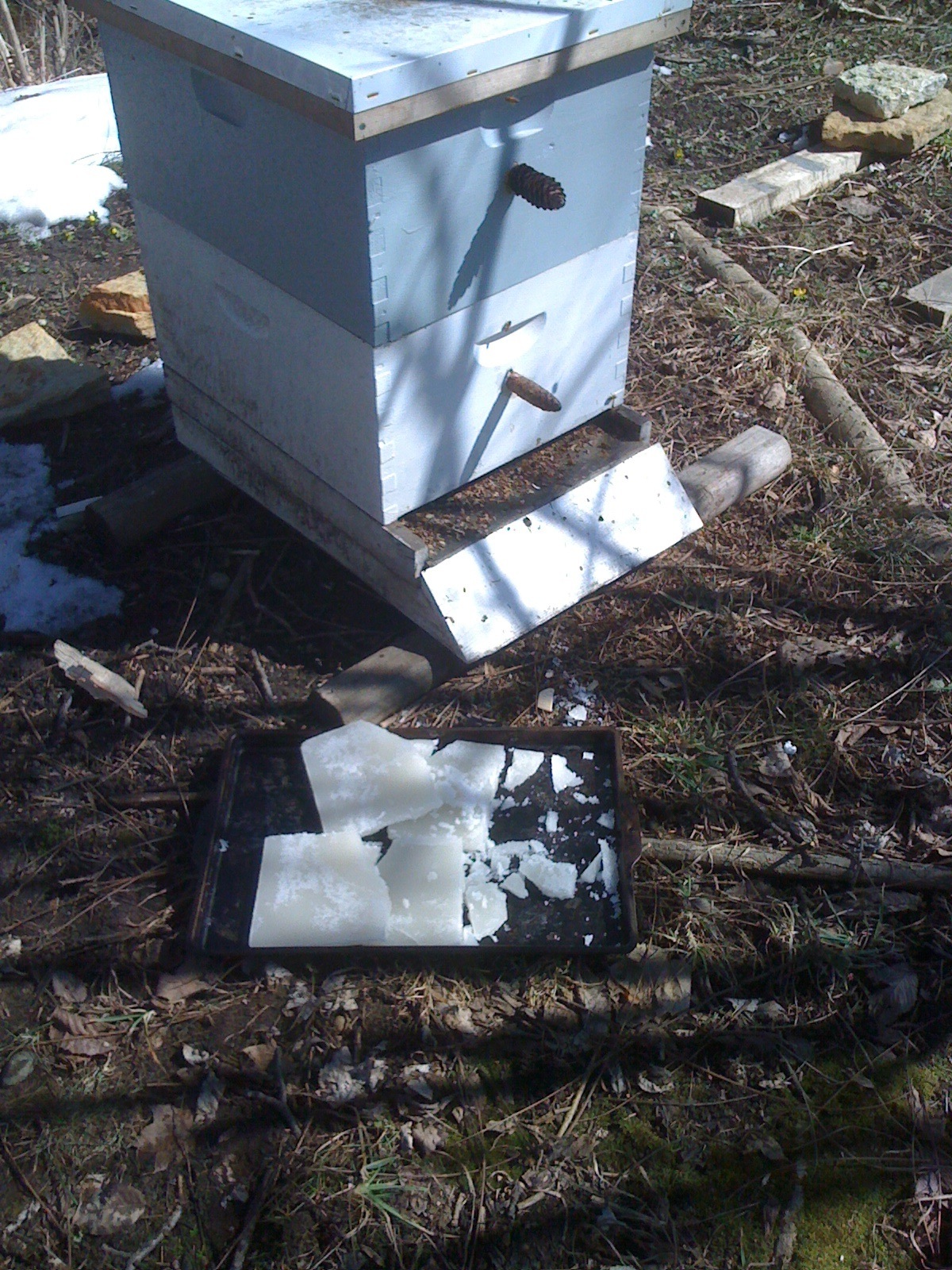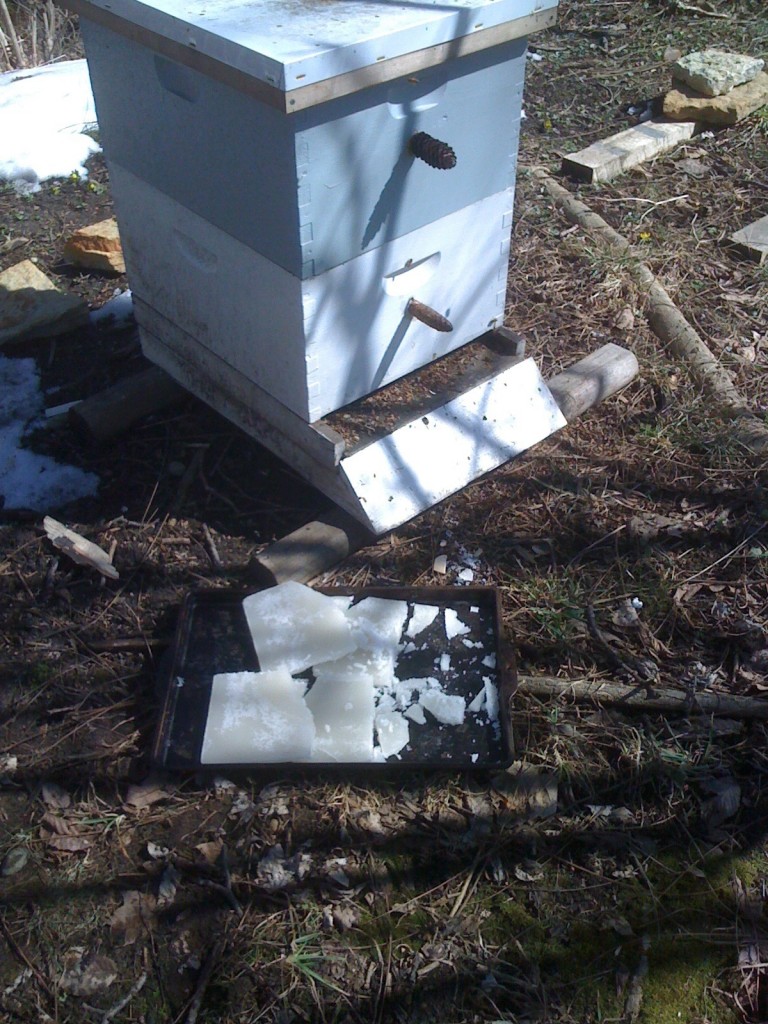As you know, Reader, bees need flowers. They need flowers because they need both nectar and pollen which are found only in flowers. I could go on and on about why they need nectar and why they need pollen, but I’ll save that for another post.
I’m often asked what people can do for the bees and other pollinators, and this is my answer: Plant wildflowers. Please, friends, allow wildness. That’s the answer. Let’s not try to control every inch of our lives. Let’s not mow every dandelion and violet and clover. I am forever encouraging my friends to allow a part of their yards and their lives to go freaking ape crazy extravagantly loose. (I wanted to throw in some curse words there, but I resisted. So far.)
But it’s not easy to change, is it? It’s not easy to dig up some part of our yards and introduce wild things. Which is why I love this idea of Straw Bale Gardening (SBG). This SBG approach doesn’t require a complete overhaul of our yards. It’s not permanent. We can sneak these bales into odd little areas of our yards or on our properties and fill them with things that are not only good for pollinators but that are also good for us. (By the way, if something is good for pollinators, Reader, it’s also good for us. That’s a good thing to keep in mind.)
We can produce vegetables and flowers in places we’d never before considered viable. Which will give us good things to look at and good things to eat. It will also bring the wild things. Which will make us happier.
I’ll be hauling some bales into my yard soon. Then I’m gonna plant vegetables and flowers in it.
Before I leave you, here’s the book I’m using to guide me:

